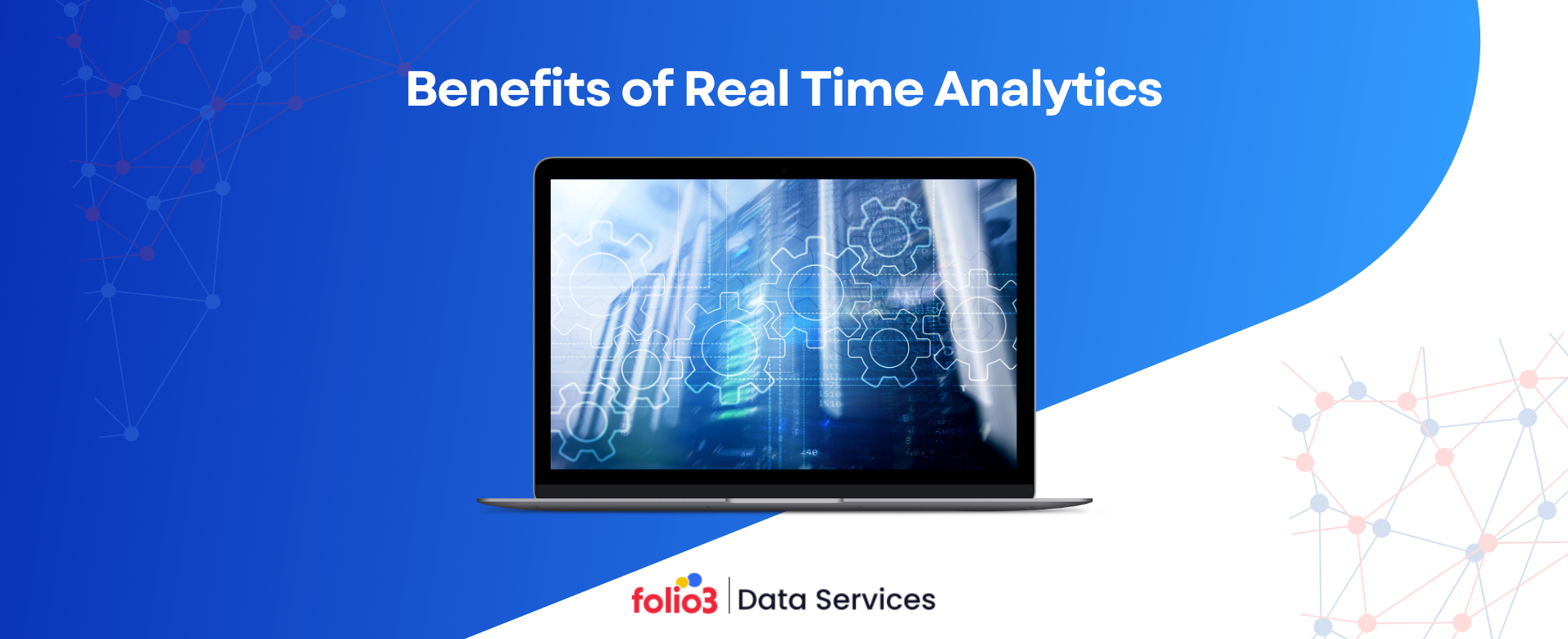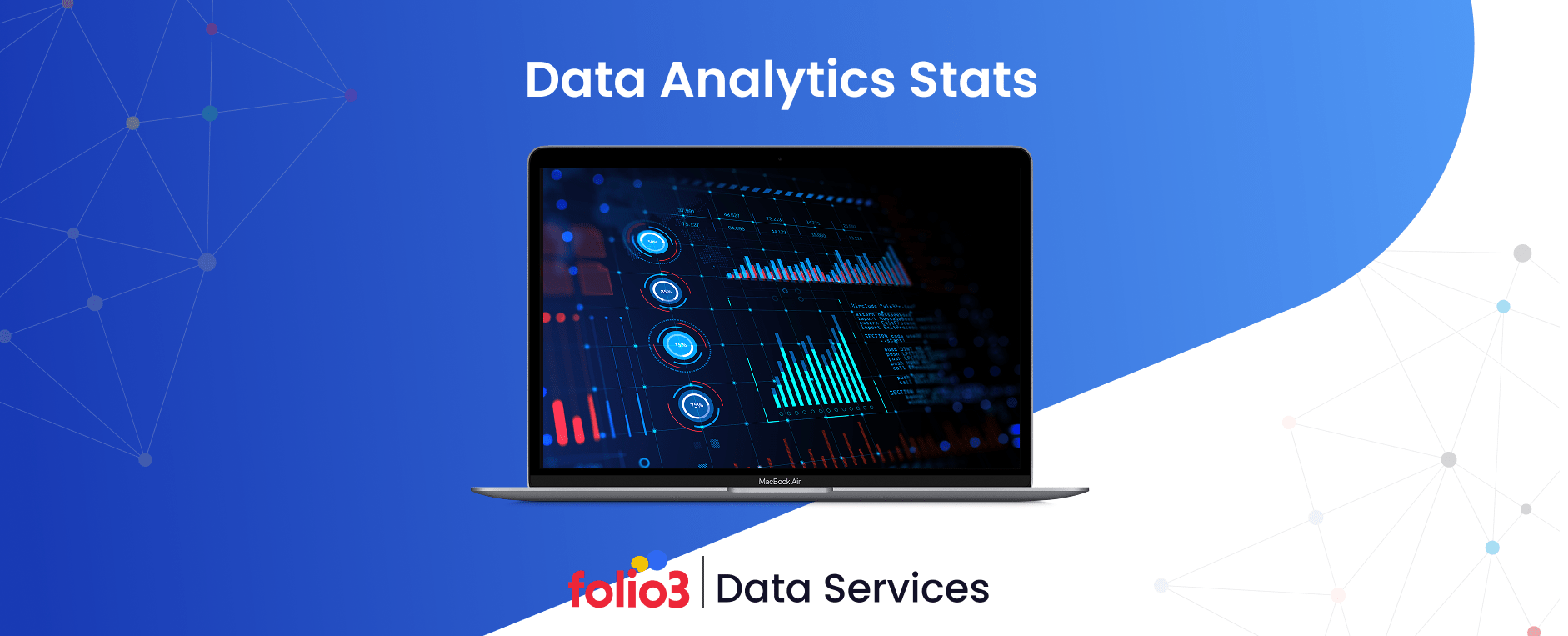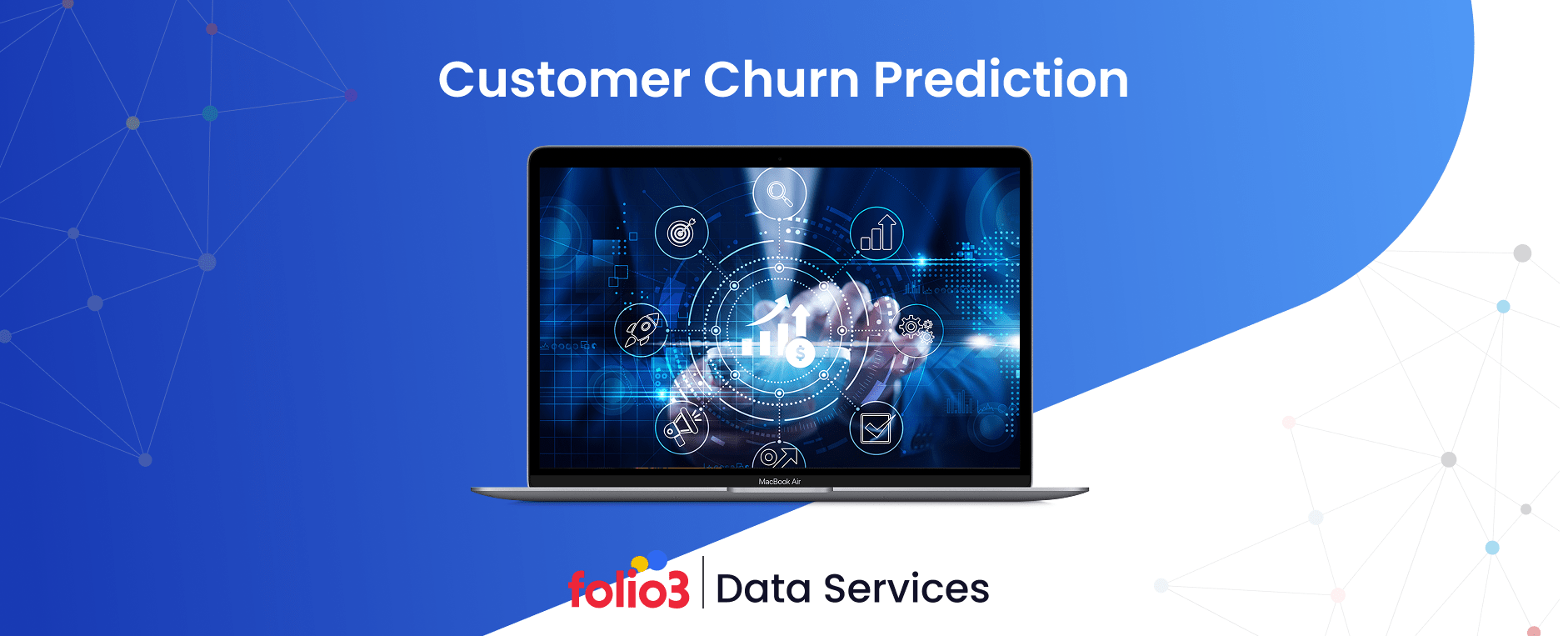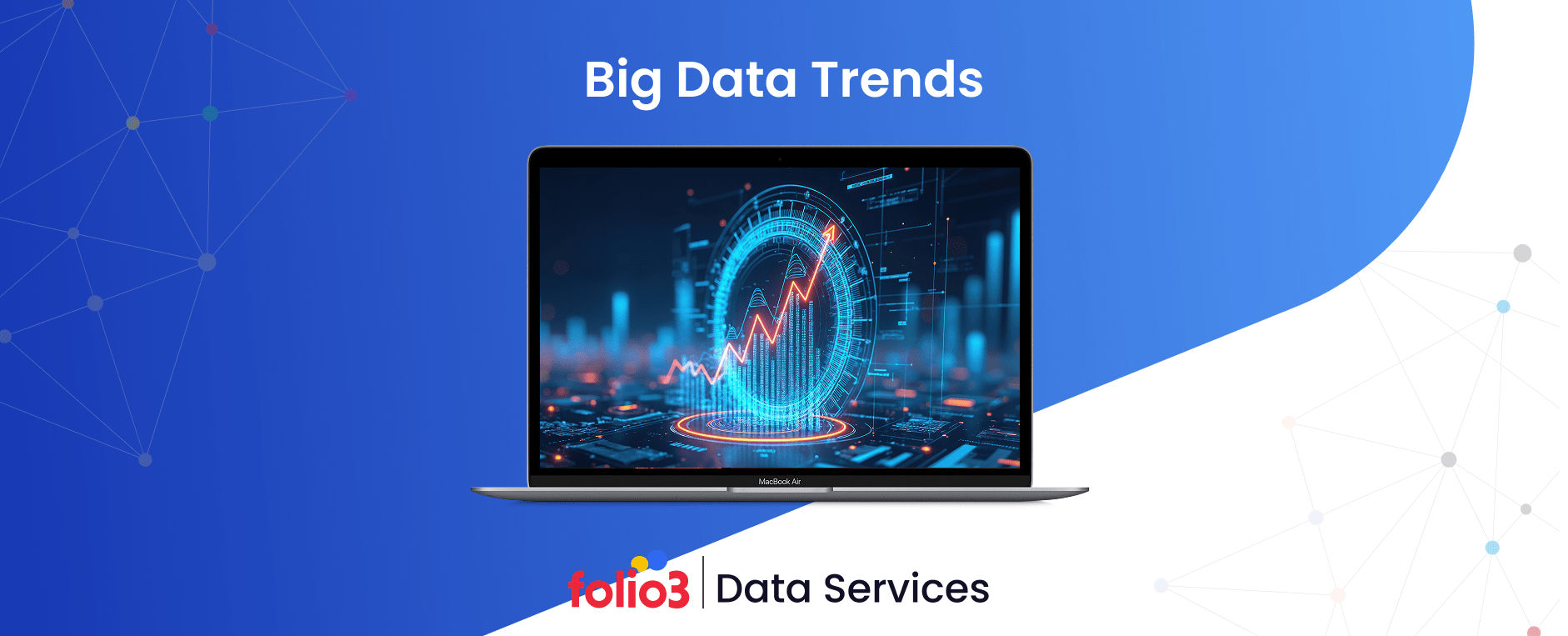Real-time analytics is no longer confined to tech-centric companies like Uber and DoorDash. It has become an indispensable tool across various industries, from retail to industrial manufacturing. Processing data as it is generated offers more than just faster decision-making.
It enables businesses to detect operational issues instantly, spot market shifts, and anticipate future events. This real-time insight allows companies to design more personalized products, automate critical processes, and enhance efficiency and profitability.
Using real-time data has emerged as a game-changer. As organizations increasingly navigate a digital environment filled with vast information, the demand for timely insights has never been greater. Real-time analytics allows businesses to process data as generated, enabling informed decision-making and agile responses to market dynamics.
This article explores the critical importance of real-time data in modern business and outlines its benefits to organizations across various industries.
What is Real-Time Analytics?
Real-time analytics refers to gathering, measuring, and analyzing data when it enters a system. This immediate processing enables businesses to quickly respond to fresh information, empowering decision-makers to act on up-to-the-minute insights.
Unlike traditional analytics, which operates in batches and analyzes historical data, real-time analytics provides a continuous flow of information, ensuring decisions are based on the most current data available. In traditional batch analytics, data is collected over set periods and processed at intervals, often delaying the process of turning data into actionable insights.
This lag creates a gap between what’s happening now and the organization’s ability to respond, leading to slower reactions to market changes and emerging trends. With real-time analytics, organizations can track dynamic data in near real-time, allowing them to make agile, data-driven decisions.
Whether it’s monitoring customer behavior in an online store, optimizing supply chains, or enhancing operational efficiency, real-time analytics ensures businesses stay ahead by providing instant visibility into trends and potential risks. The result is faster decision-making, better customer experiences, and a competitive edge in rapidly changing markets.
Top Benefits of Real-Time Analytics
When business decisions must be swift and data-driven, real-time analytics has become vital for organizations looking to maintain a competitive edge. Real-time analytics enables companies to react faster, optimize operations, and improve customer satisfaction by providing immediate insights as data is generated.
From driving quicker decision-making to enhancing efficiency across various business functions, the advantages of leveraging real-time analytics are far-reaching. Let’s explore the key benefits that make real-time analytics indispensable for modern businesses:
1. Faster Decision-Making
One of the most significant advantages of real-time analytics is accelerating decision-making processes. Businesses can respond swiftly to changes, opportunities, and challenges by accessing and analyzing data as it occurs.
This immediacy allows leaders to make informed choices based on the latest information, reducing the lag time associated with traditional data analysis methods. As a result, organizations can pivot quickly and capitalize on market trends, ultimately leading to a competitive edge.
2. Improved Customer Experience
Real-time analytics plays a pivotal role in enhancing customer experience. Businesses can gain valuable insights into preferences, behaviors, and pain points by analyzing customer interactions as they happen.
This enables organizations to tailor their services and products to meet their customers’ evolving needs. Additionally, real-time data allows for personalized marketing strategies and customer support, fostering deeper relationships and increasing customer loyalty.
3. Operational Efficiency
Incorporating real-time analytics into operations can significantly boost efficiency. Organizations can monitor processes continuously, identifying bottlenecks or inefficiencies as they occur.
This immediate feedback loop empowers teams to address issues proactively, streamlining workflows and minimizing downtime. As a result, businesses can optimize resource allocation, improve productivity, and reduce operational costs.
4. Enhanced Marketing and Sales Performance
Real-time analytics empowers marketing and sales teams to make data-driven decisions that can enhance performance. By tracking customer behavior and engagement in real time, businesses can make their marketing campaigns more effective.
This includes adjusting messaging, targeting specific demographics, and optimizing channel strategies based on current trends. Ultimately, real-time insights lead to improved conversion rates and a higher return on investment.
5. Fraud Detection and Risk Management
For many industries, particularly finance, and e-commerce, real-time analytics is crucial for detecting fraudulent activities and managing risks. Organizations can continuously monitor transactions and user behavior to identify real-time anomalies and potential threats.
This proactive approach to fraud detection protects businesses from financial loss and enhances overall security measures, providing peace of mind for companies and their customers.
6. Improved Supply Chain Management
Real-time analytics enhances supply chain management by providing visibility into every process stage. Organizations can track inventory levels, monitor supplier performance, and assess customer demand instantaneously.
This level of transparency allows businesses to make informed decisions regarding inventory management, reducing excess stock or shortages and ensuring that operations run smoothly. Integrating data strategy services into the supply chain ensures a more structured and strategic approach to managing real-time data insights, aligning them with long-term business goals.
7. Scalability and Flexibility
Finally, real-time analytics enables organizations to scale their operations effectively. As businesses grow and market conditions change, adapting quickly is vital. Real-time data facilitates agile decision-making, allowing organizations to adjust strategies, products, and services as needed.
By leveraging data implementation practices, companies can seamlessly integrate real-time data solutions into their existing systems, ensuring flexibility as they scale.
Waiting too long for analytics? See how you can accelerate your insights!
How Real-Time Analytics Works?
Real-time analytics is an essential technology for modern businesses, enabling them to respond instantaneously to emerging trends, customer behaviors, and operational changes. The process involves several steps, from data collection to processing, analysis, and finally, turning raw information into actionable insights.
Data engineering services play a crucial role in ensuring the infrastructure is robust enough to handle the continuous flow of data required for real-time analytics, supporting the smooth operation of these processes.
Here’s a comprehensive breakdown of how real-time analytics works:
1. Data Collection and Processing in Real-Time
At the heart of real-time analytics is the ability to gather data as it is generated from various sources. These sources range from traditional enterprise systems like CRM, ERP, and databases to more modern and dynamic systems like IoT devices, social media platforms, mobile apps, and sensors embedded in products or supply chains.
- Data Sources
Real-time data comes from various environments, including industrial sensors monitoring manufacturing equipment, e-commerce sites tracking customer activity, and IoT devices measuring environmental changes on a farm. Each system continuously generates large volumes of data that must be captured instantly to ensure immediate action.
- Data Streaming
Technologies like Apache Kafka and Amazon Kinesis are often used to facilitate real-time data streaming to ensure smooth real-time data collection. These platforms help businesses manage the constant flow of data by capturing, storing, and distributing it as it happens.
- Data Processing
Once the data is captured, real-time analytics platforms like Apache Flink or Spark process the information instantly. Unlike traditional batch processing methods, real-time processing ensures data is analyzed and made available as insights without delay. This high-speed processing capability allows businesses to act on fresh data, offering significant competitive advantages.
2. Key Tools and Technologies in Real-Time Analytics
A successful real-time analytics system requires a robust ecosystem of tools and technologies that streamline the data collection, processing, and analysis stages. Some of the most important tools include:
- Apache Kafka and Amazon Kinesis are used to stream data in real-time.
- Apache Flink and Spark Streaming for high-speed processing and analysis.
- Snowflake, Google BigQuery, and Amazon Redshift for scalable data warehousing.
- Tableau, Power BI, and Looker for visualizing data in user-friendly formats.
- TensorFlow and H2O.ai for deploying machine learning models to identify trends and predict future outcomes.
Take the first step toward breaking down data silos. Contact us today to discover how we can help you create a unified data framework for seamless insights!
4 Challenges of Implementing Real-Time Analytics
While real-time analytics offers significant advantages in optimizing operations, boosting revenues, and increasing efficiency, many organizations need help adopting this cutting-edge technology. These challenges often stem from gaps in expertise, inadequate infrastructure, or budget constraints.
Here are four key challenges that businesses commonly encounter when implementing real-time analytics:
1. Accuracy and Accessibility
Real-time analytics is only as effective as the accuracy and accessibility of the data it uses. When data is dispersed across different systems and platforms, there’s a risk of inconsistencies, outdated information, or even data becoming unusable. Synchronizing and maintaining a consistent real-time data flow can be difficult when organizations lack a unified data strategy.
Solution: To overcome this challenge, organizations should standardize data vocabulary and adopt a modernized data warehouse to ensure seamless access and data accuracy across all verticals.
2. Lack of System Architecture
Many companies lack the necessary infrastructure to handle the speed and scale required for real-time analytics. A scalable and high-speed processing architecture is essential for managing the influx of real-time data and dealing with volume spikes without losing reliability.
Solution: Implementing a robust, scalable architecture that can process both real-time and offline data effectively is critical for organizations looking to adopt real-time analytics while maintaining operational reliability.
3. Lack of Internal Talent
Real-time analytics requires a skilled team to manage data architecture, security, and processing. Finding the right talent can be challenging, especially for companies with budget limitations or competing in markets with a shortage of qualified data professionals.
Solution: Investing in self-tuning analytics solutions with strong security protocols can alleviate the need for an extensive internal team. This allows organizations to protect sensitive data while managing analytics with fewer resources.
4. Initial Investment
Shifting to real-time analytics involves substantial upfront costs. Many businesses struggle to find scalable, cost-efficient solutions that fit their immediate needs and allow them to grow. Additionally, inaccurate projections about future needs can lead to under- or over-investing in real-time analytics infrastructure.
Solution: Opting for a flexible, pay-as-you-go pricing model allows companies to scale up or down as needed without overspending, making the initial investment more manageable and adaptable to future demands.
Get All the Benefits of Real-Time Analytics in Folio3 Data Services
Real-time analytics offers transformative benefits for businesses seeking to thrive in today’s competitive environment. With the support of data-driven analytics services, organizations can achieve faster decision-making, improve customer experience, and enhance operational efficiency and risk management.
Partnering with Folio3 Cloud and Data Services can help you use real-time data more effectively, navigate challenges more effectively, adapt to market demands more effectively, and achieve sustainable growth. As businesses make the most of digital transformation, investing in real-time analytics will be a key driver of success.



